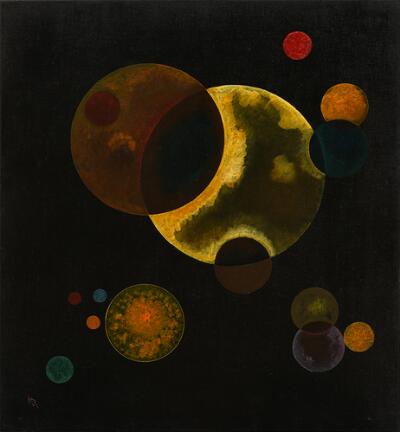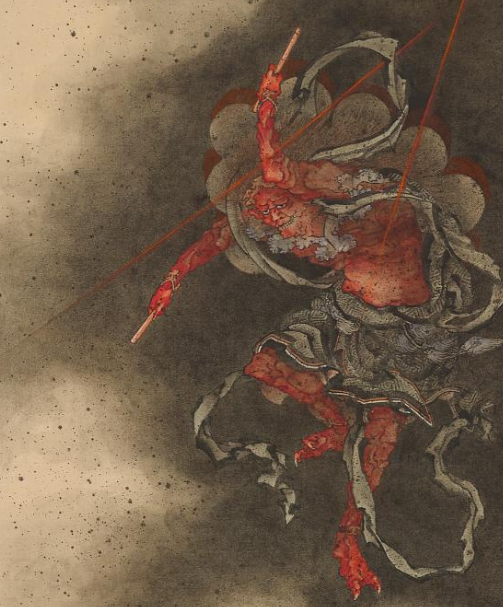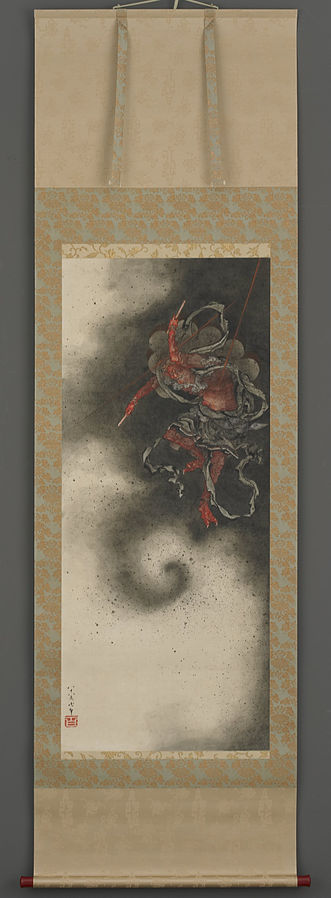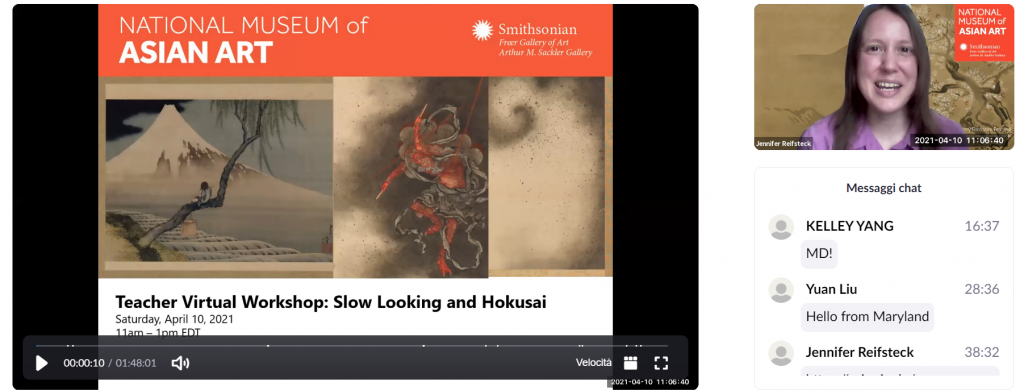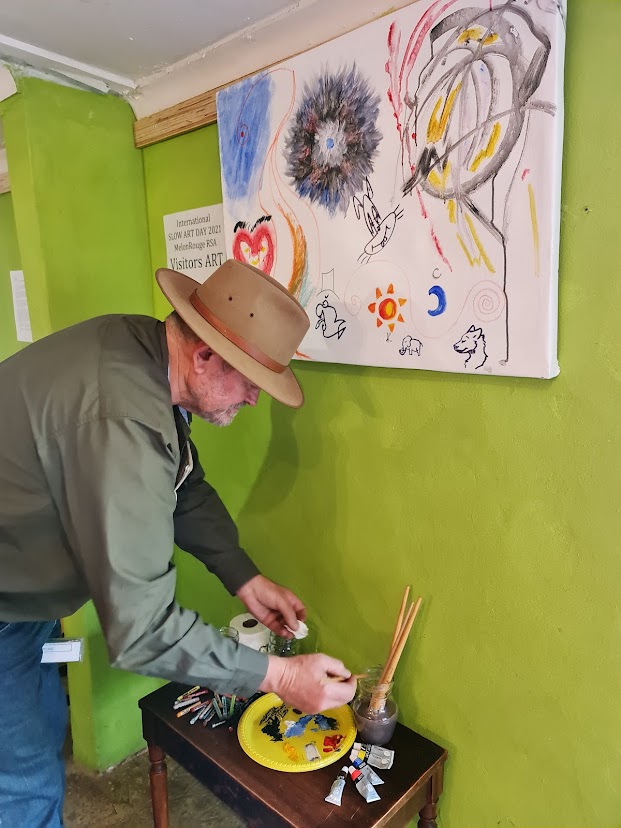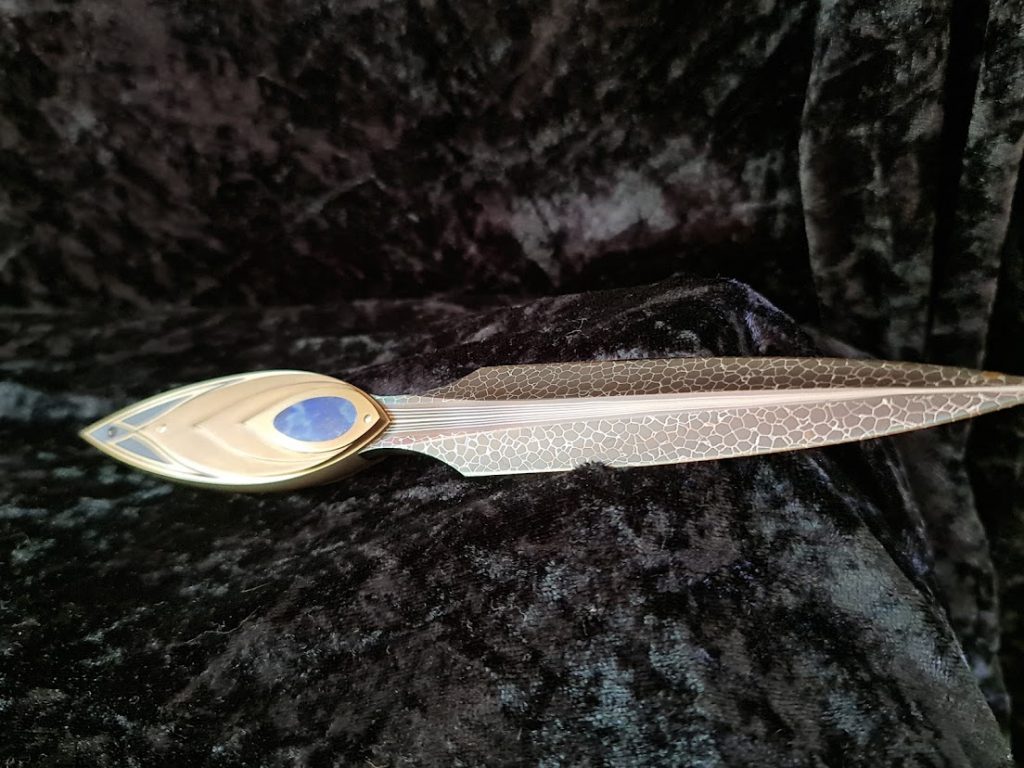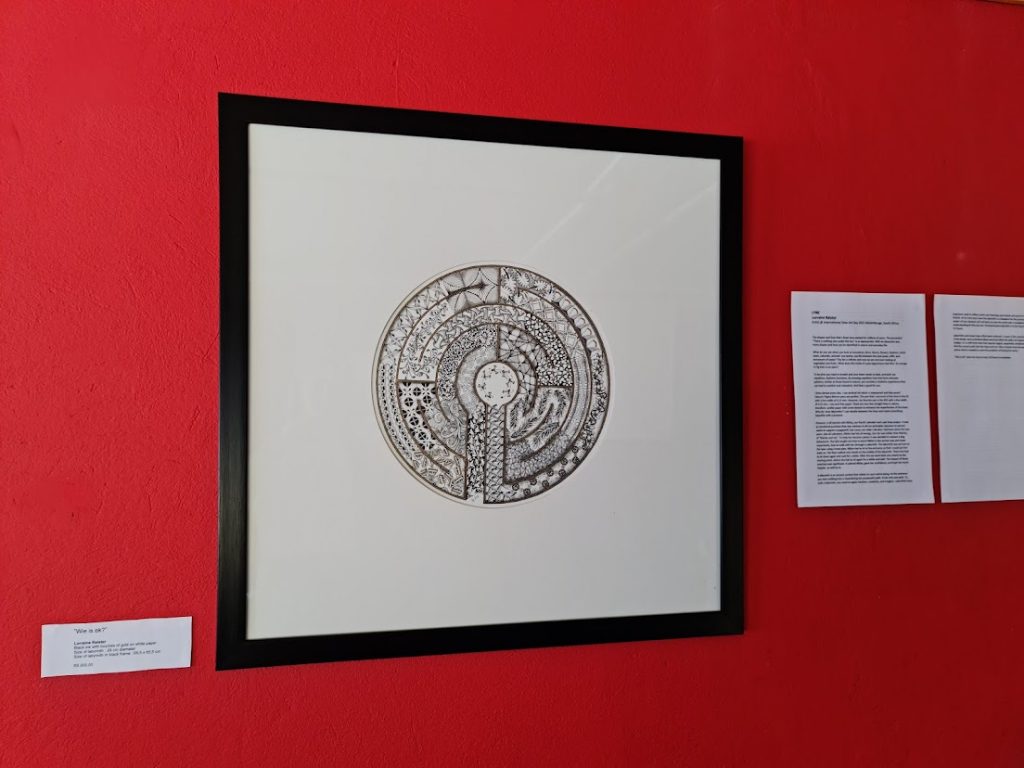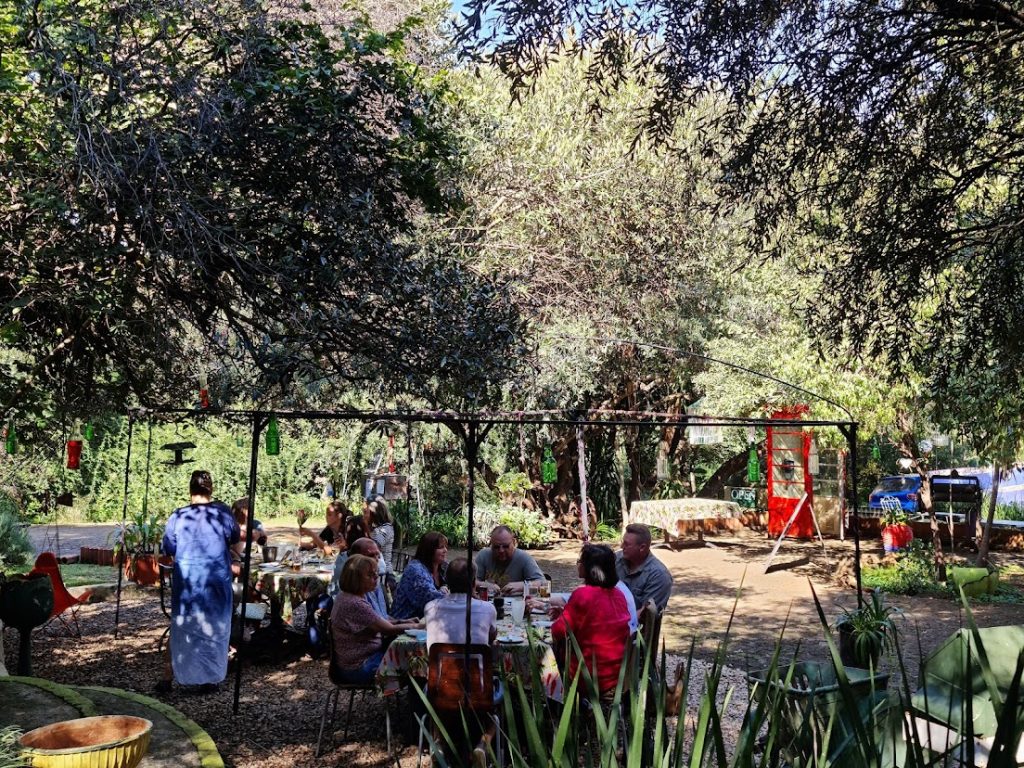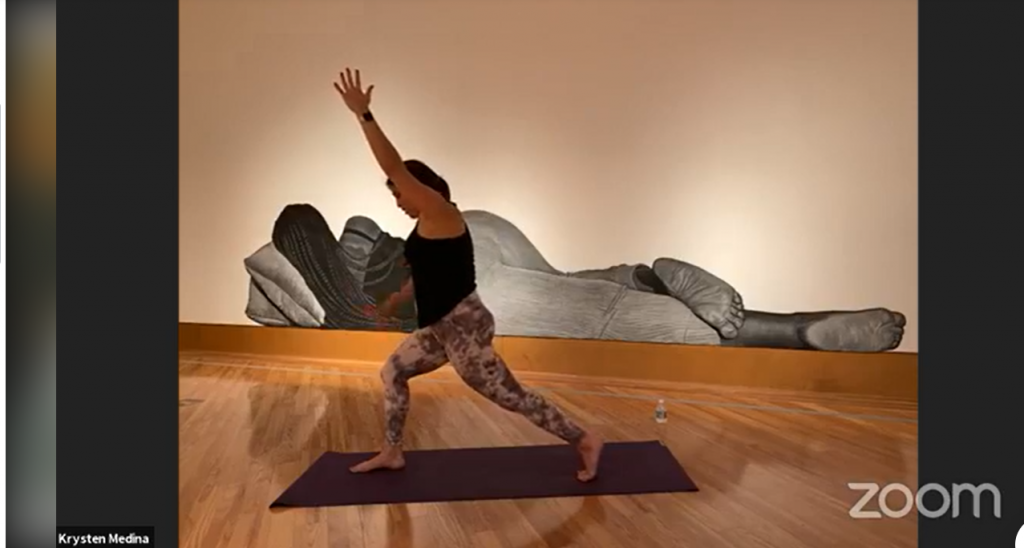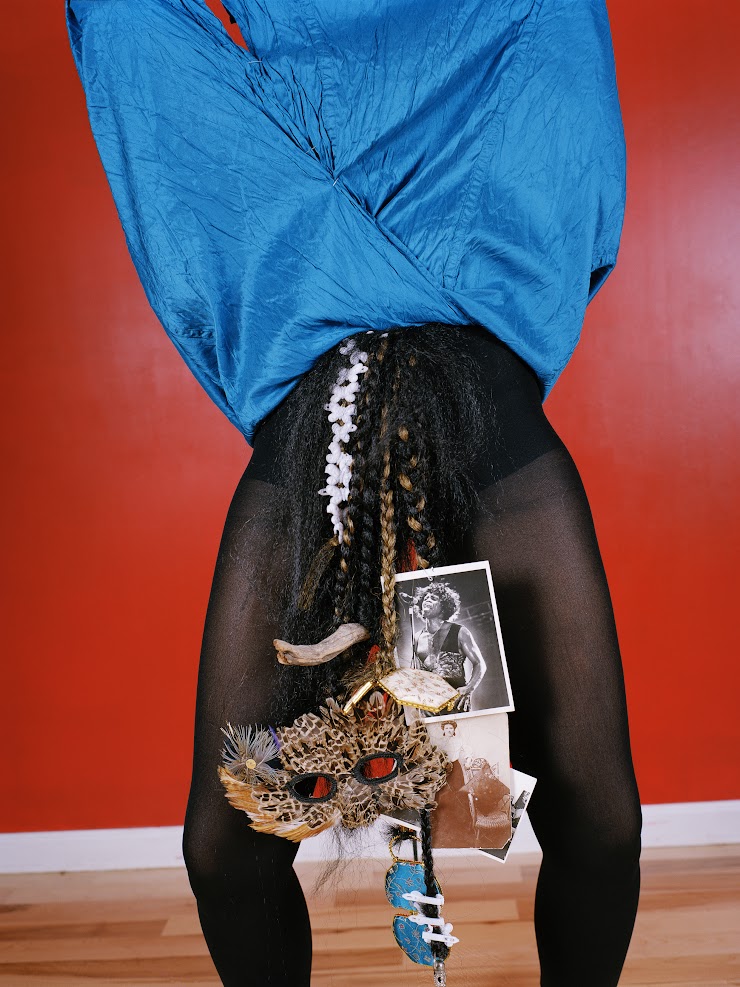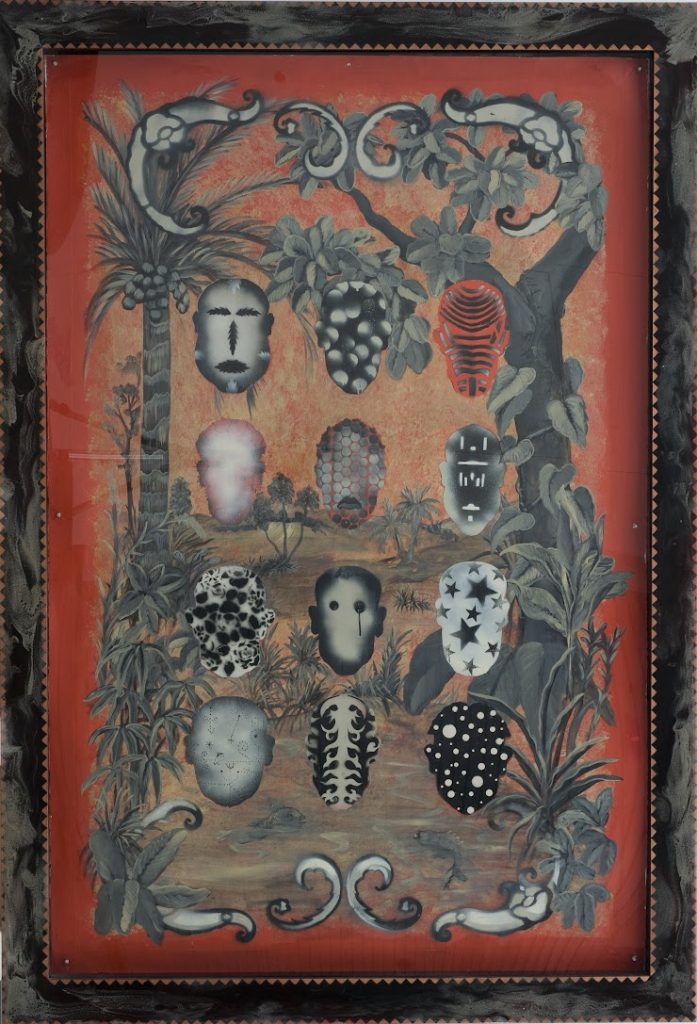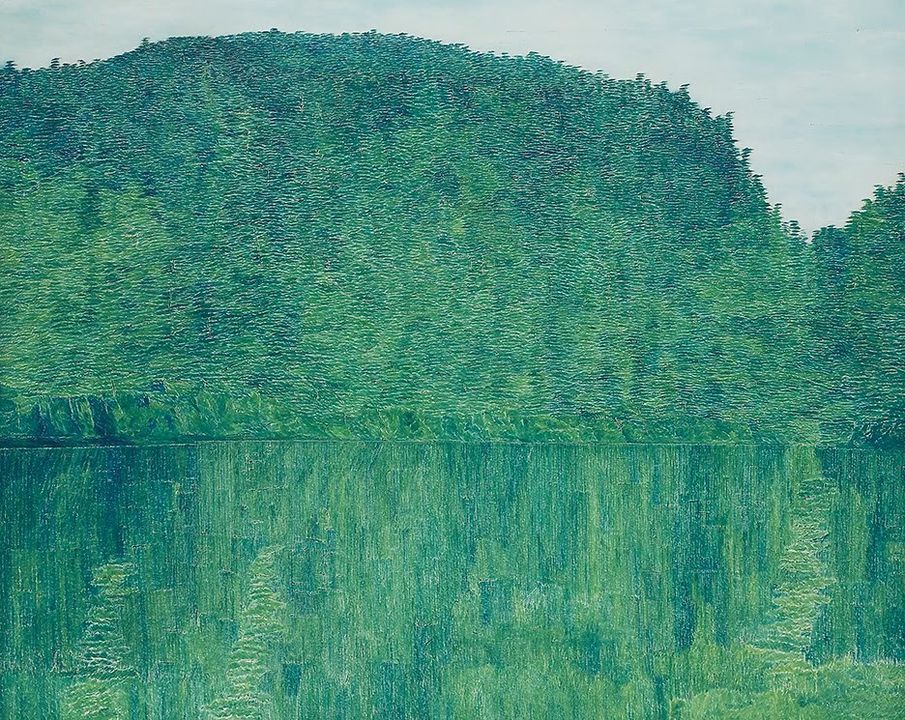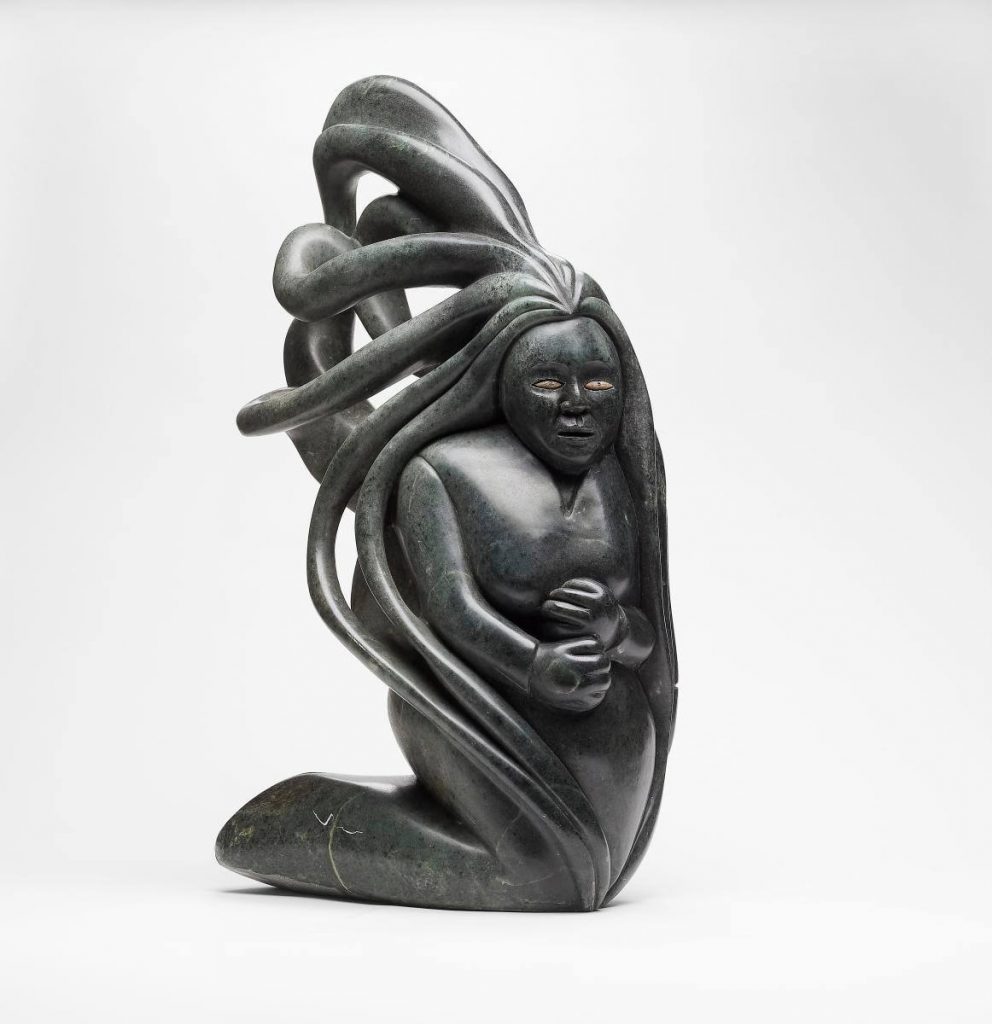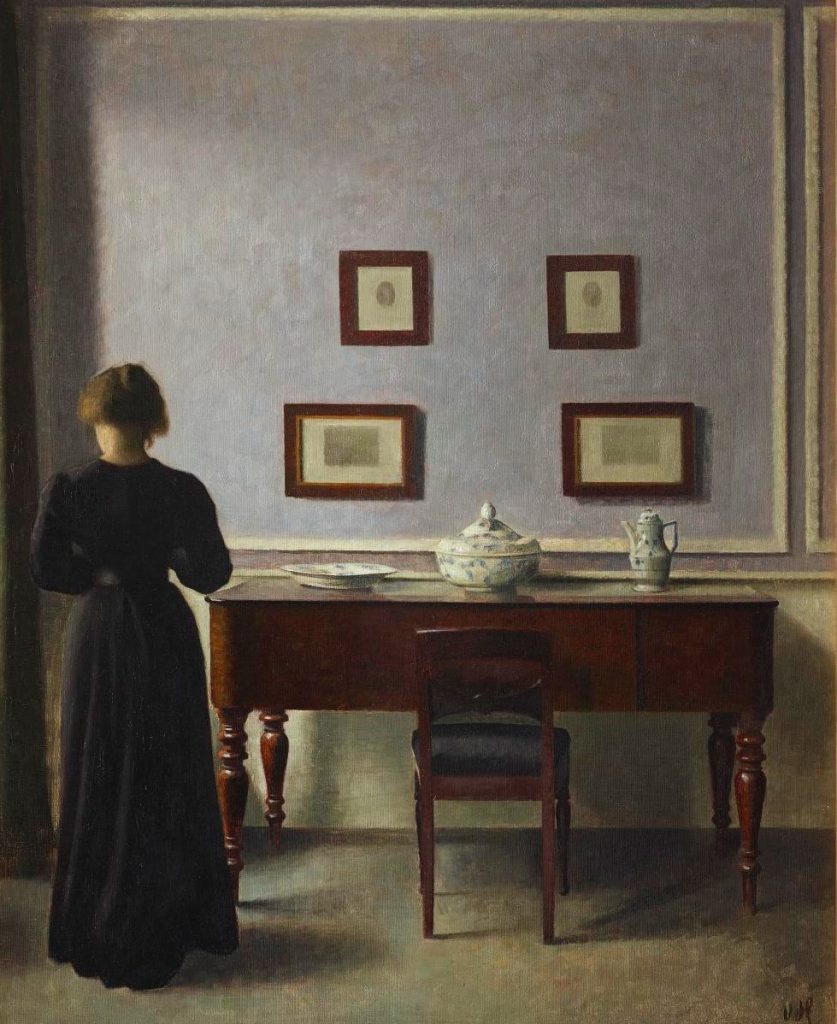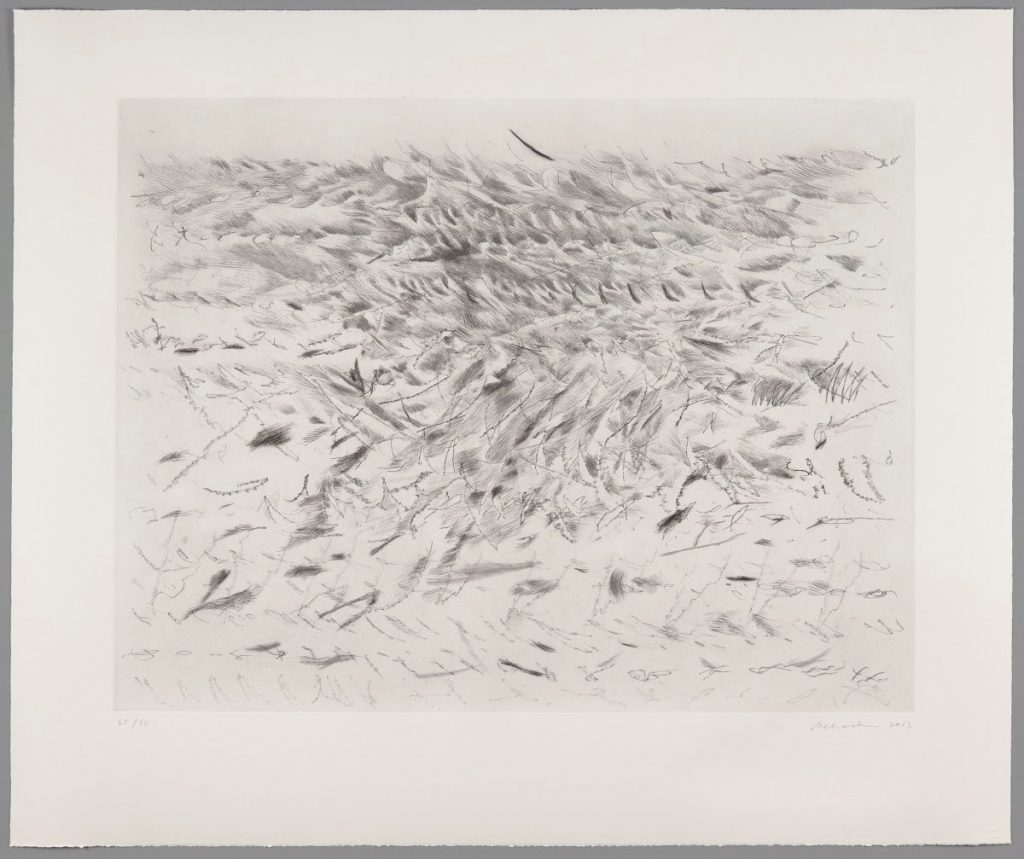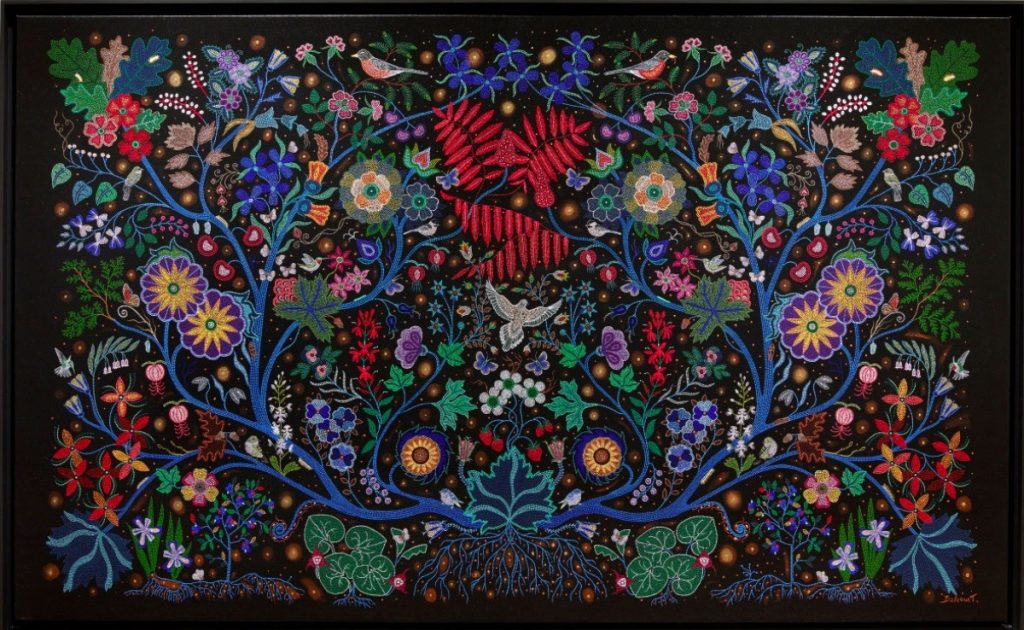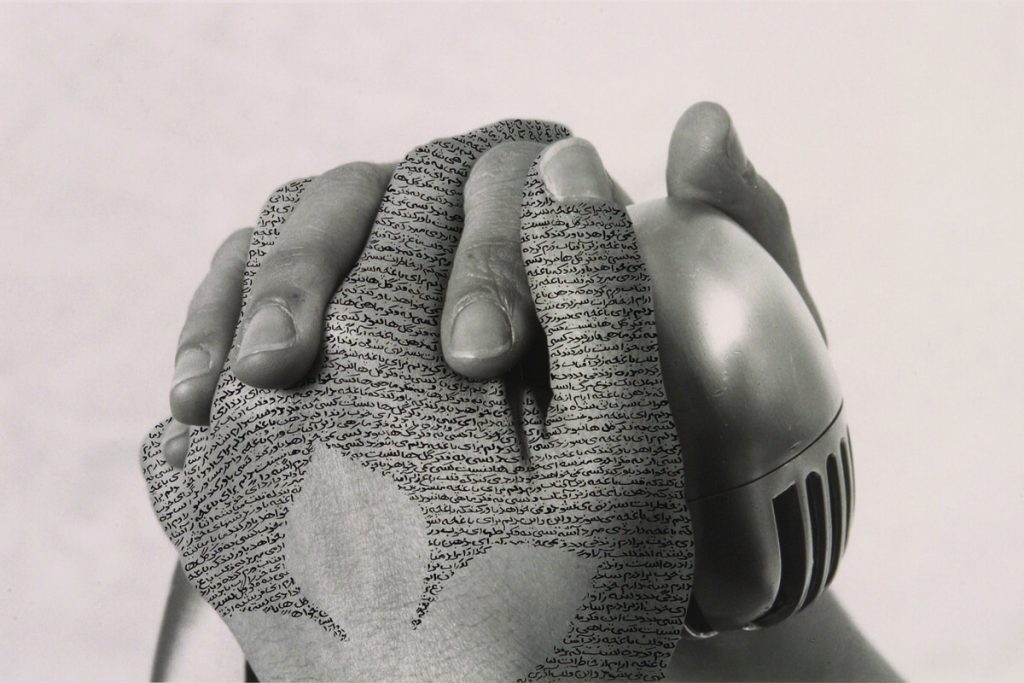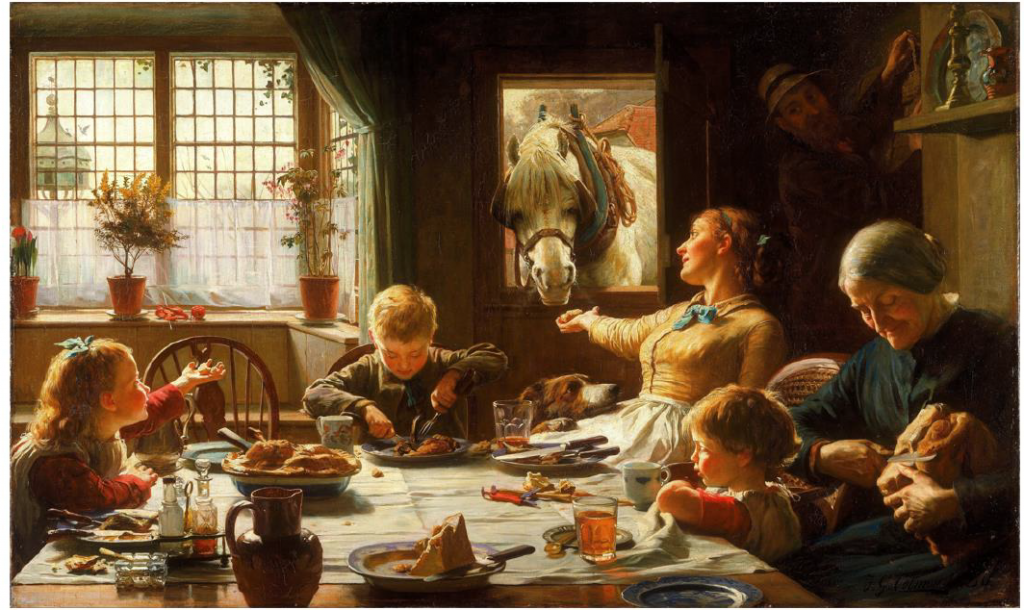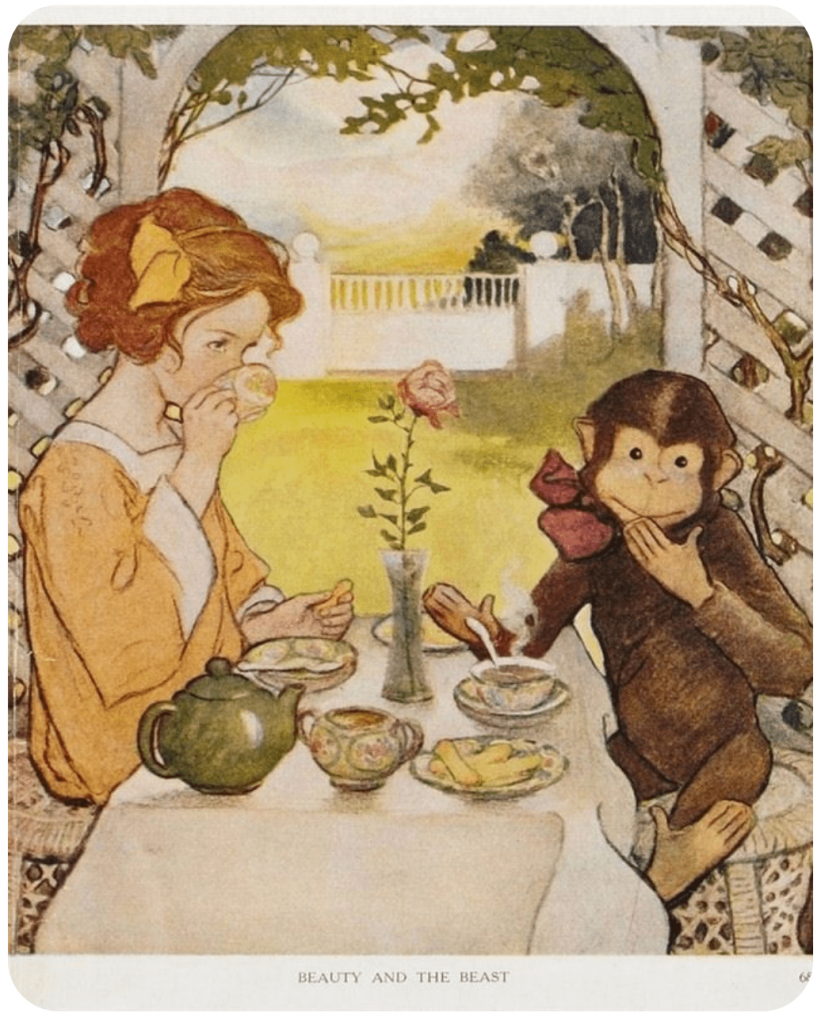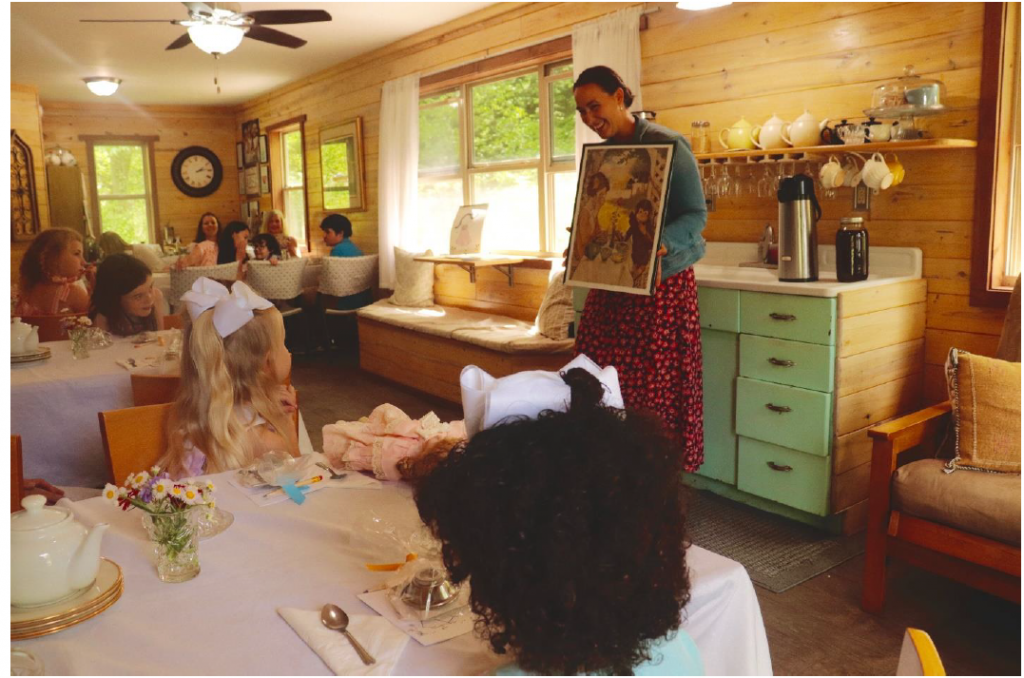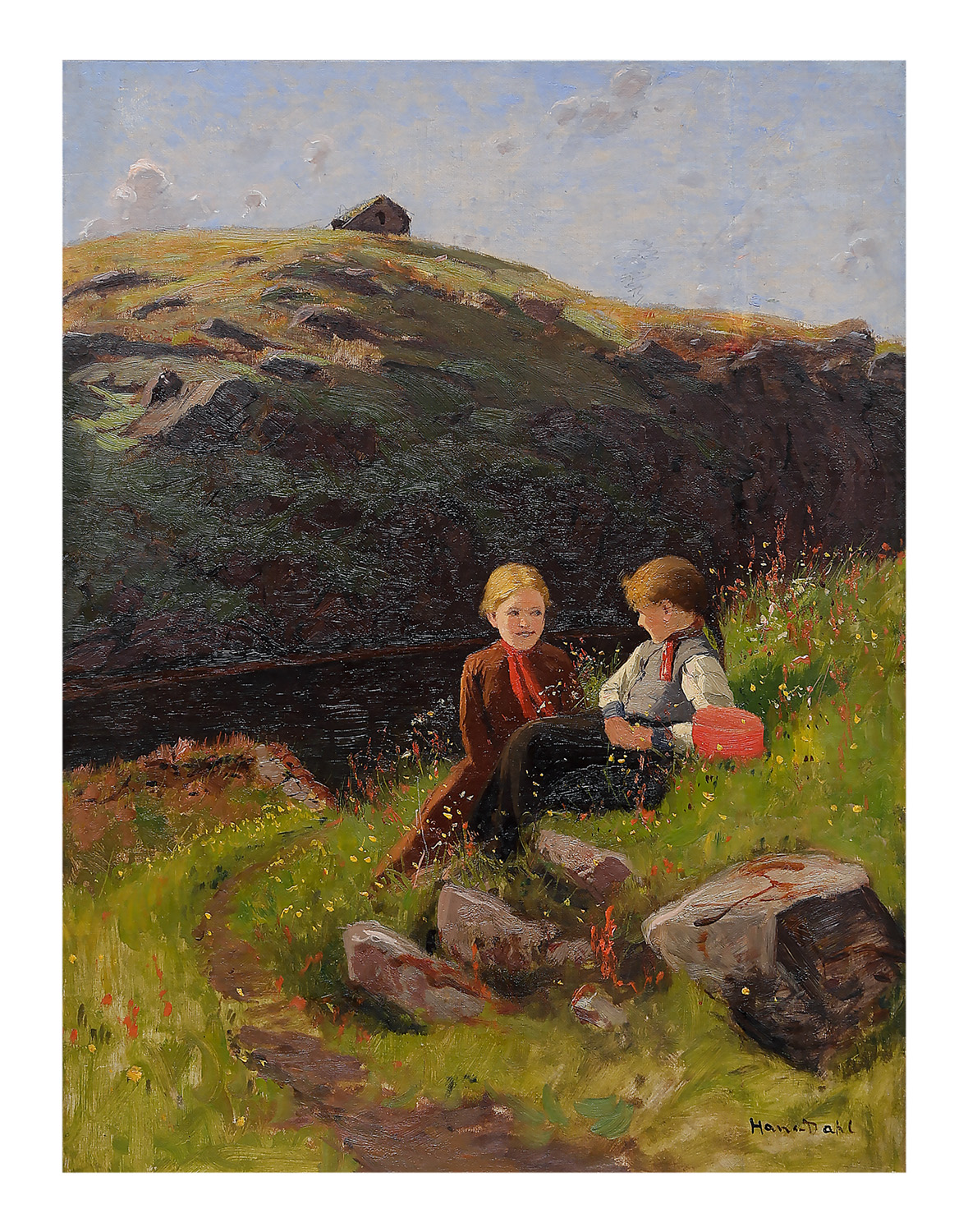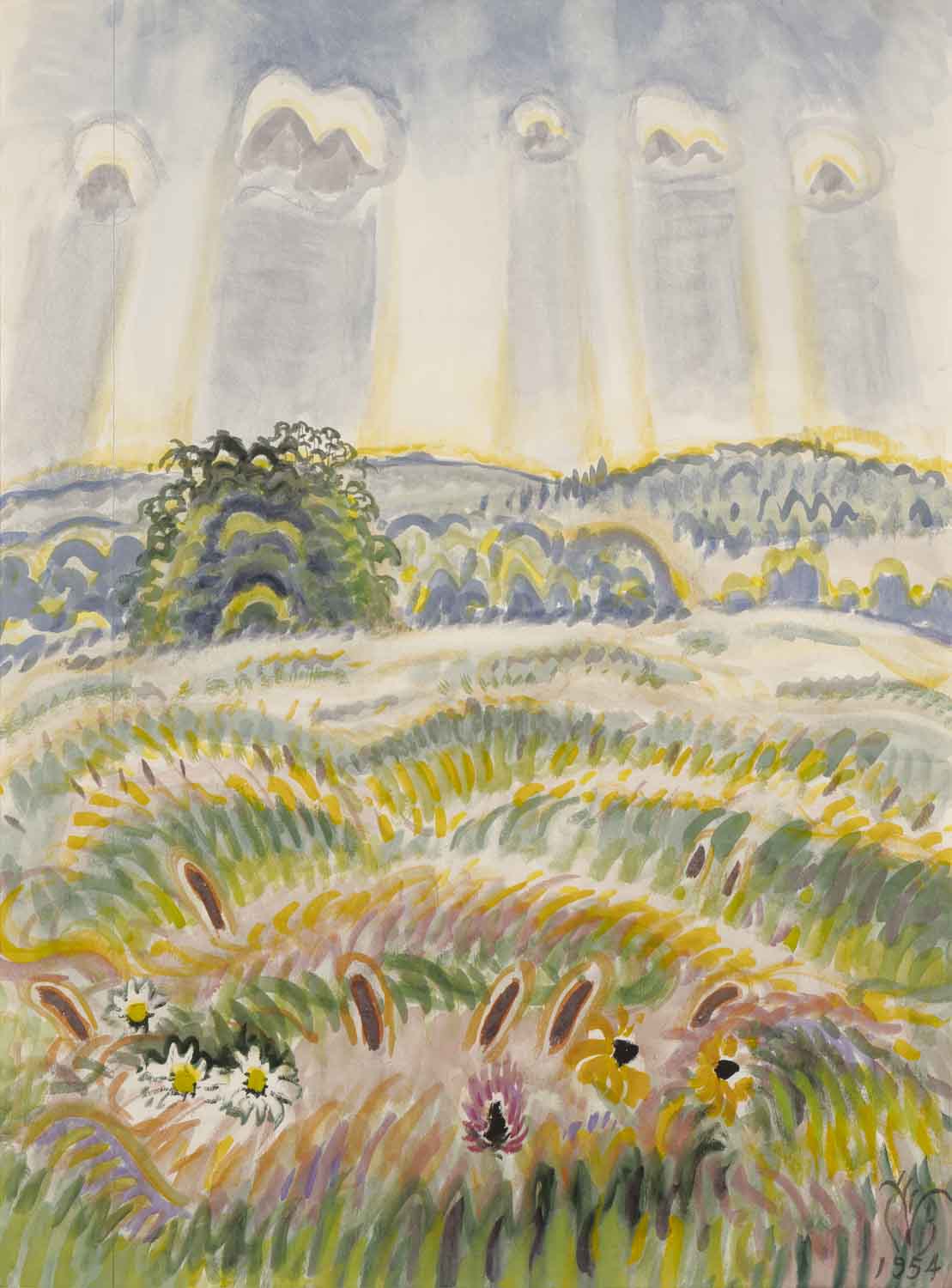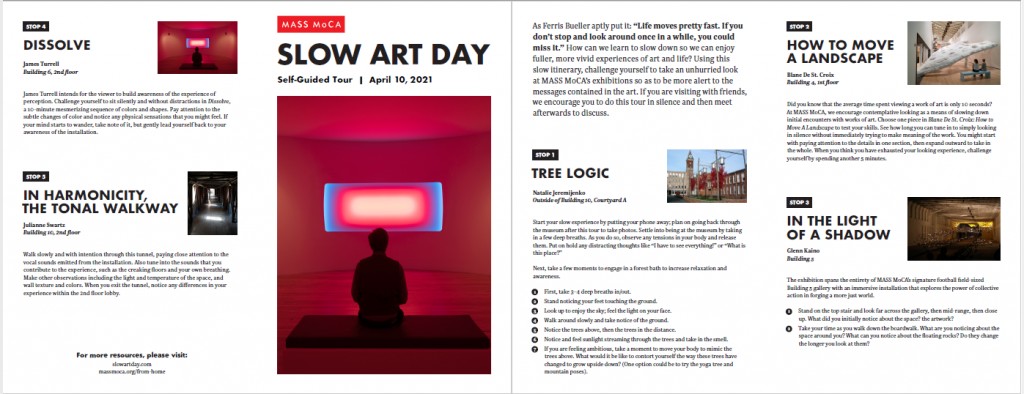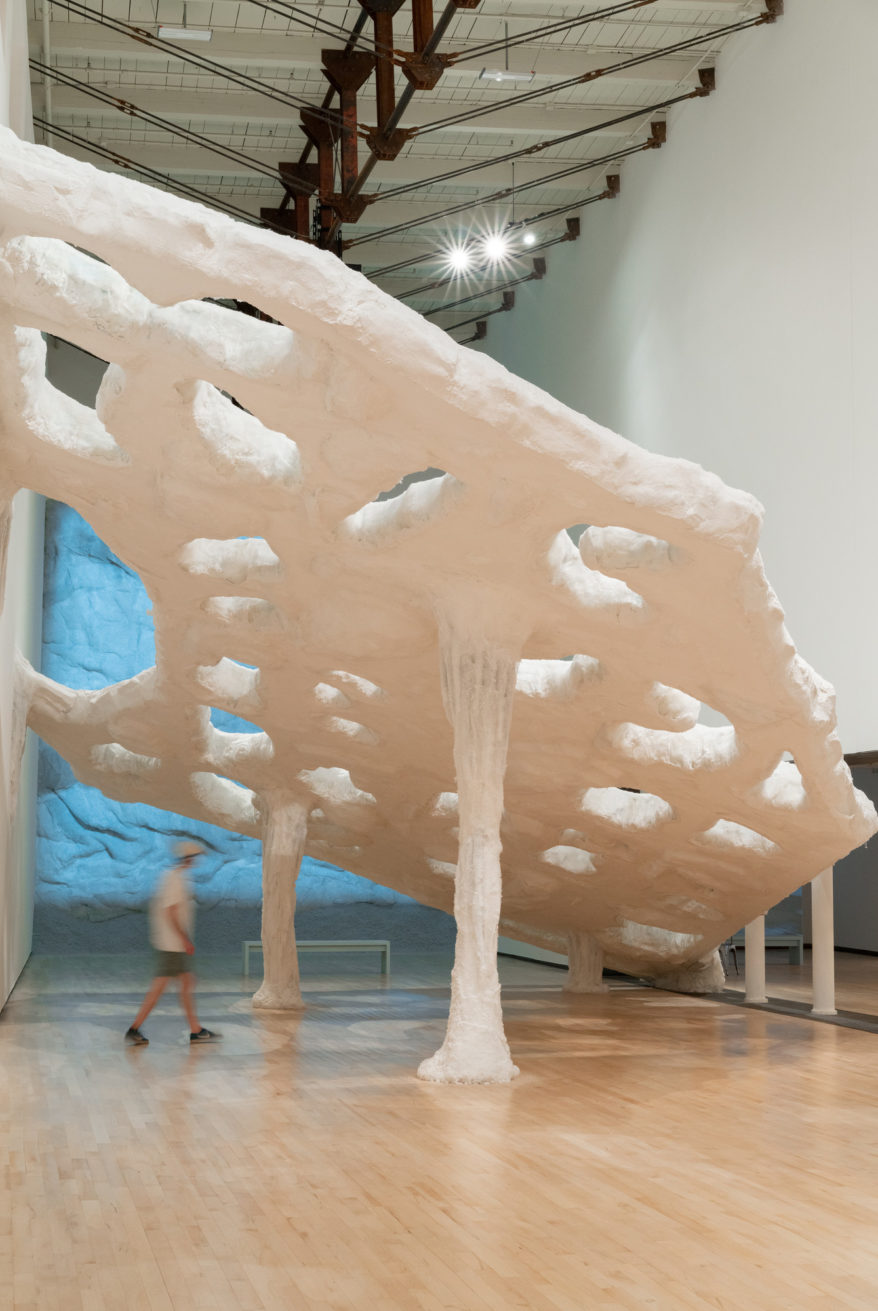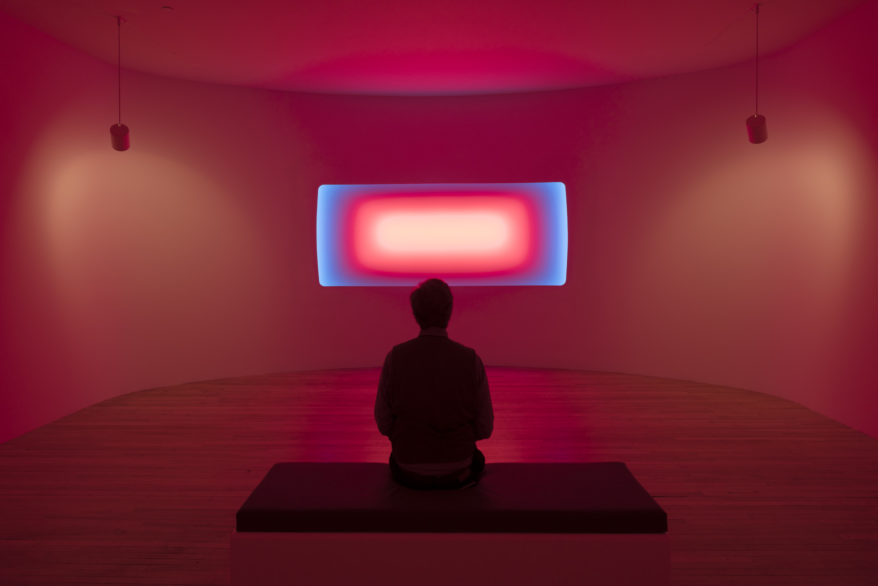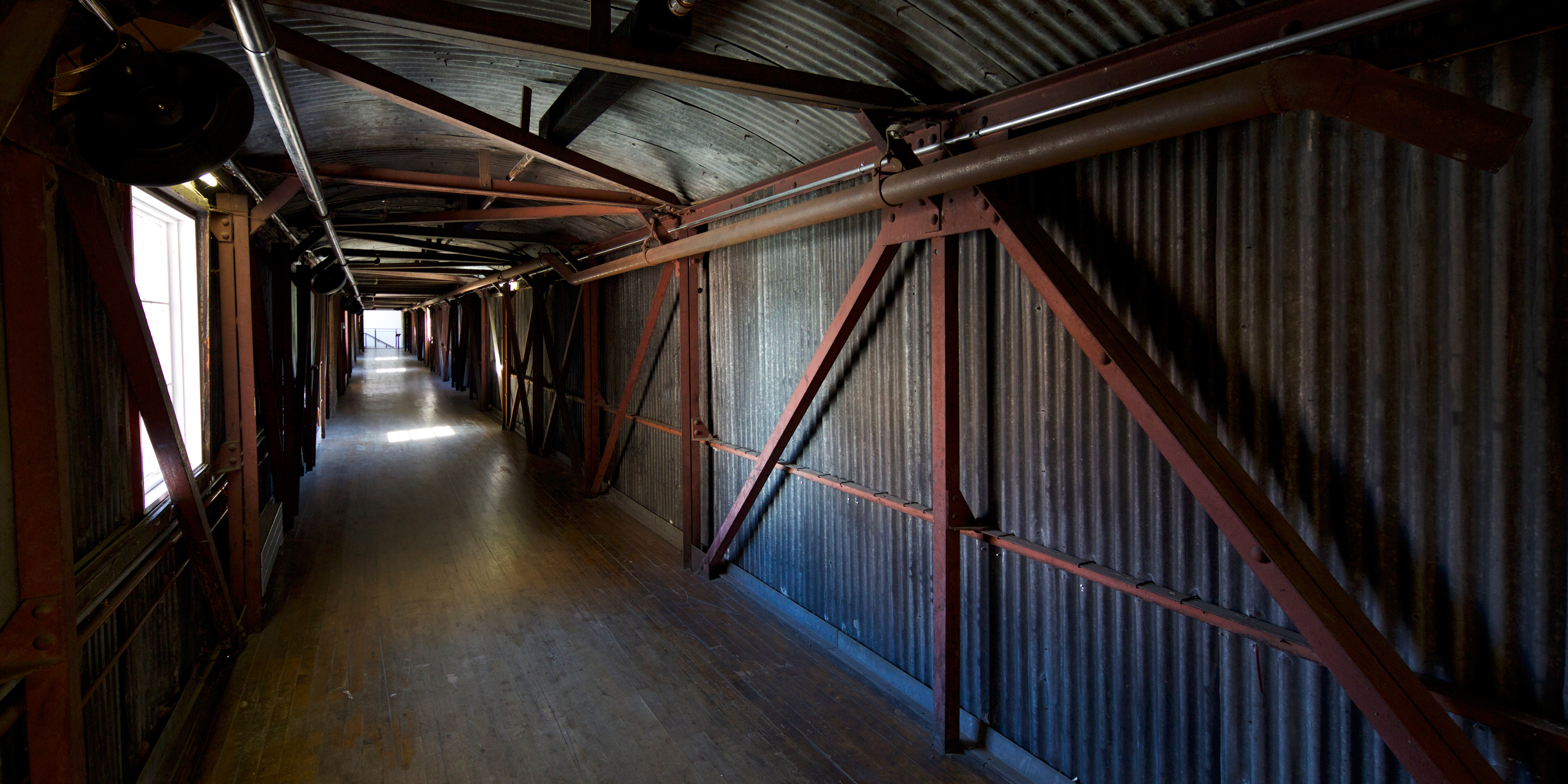For their fourth Slow Art Day, the Museum of Northern Arizona (MNA) in Arizona, USA, hosted a slow looking event in combination with the opening of a new exhibition, Náátsʼíilid / Rainbow Light, featuring art by Diné artist Baje Whitethorne Sr., who grew up on the Navajo Nation Reservation.
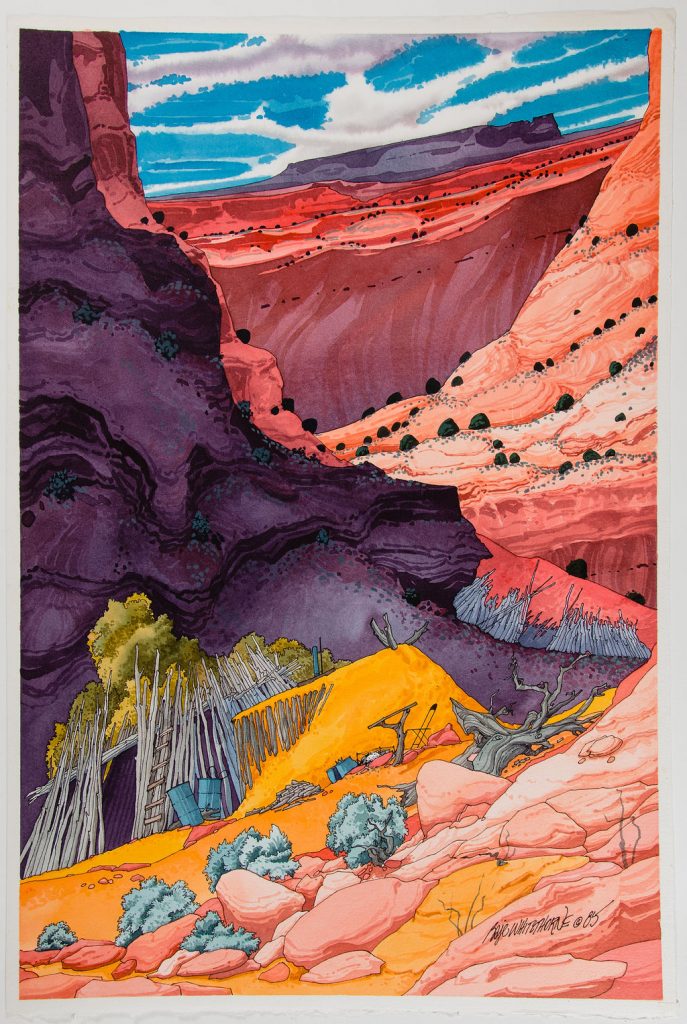
Before the event, the museum posted a video to YouTube, where Alan Petersen, Curator of Fine Art, and Samantha Honanie, Bookstore & Publications Manager, introduced slow looking and Slow Art Day.
We highly recommend that all museum educators and curators view this well-done video.
In six minutes, Samantha and Alan show (not tell) the viewer how Slow Art Day works.
They use some simple but ingenious methods for “showing” 10 minutes of slow looking in just a minute or so — and they then capture the joy of discovery and enthusiasm that participants experience (that is so hard to describe in words).
It’s a real joy to watch.
Take a look and think about how you might borrow some of their techniques for your next Slow Art Day event.
For the actual day, participants were given a Slow Art Day cheat sheet of slow looking prompts.
Participants were then invited to view the art by Baje Whitethorne, choosing the order they wanted to see the artworks in, and applying the slow looking promts from the cheat sheet.
At 2pm, all participants gathered in the Living Room at the museum, where Alan Petersen led a discussion of the insights and experiences from the event.
We recommend viewing the following video of artist Baje Whitethorne introducing the title and theme of his exhibition, Náátsʼíilid / Rainbow Light, below.
We love everything about the NMA’s Slow Art Day – the preparatory video, the cheat sheet and the artwork chosen. We hope you get a chance to spend as much time with Baje Whitethorne and their work as we did in preparing this report.
We at Slow Art Day HQ are grateful that via writing these reports we get to look at and experience art from all over the world – art we may never have otherwise been able to see.
We look forward to whatever the Museum of Northern Arizona comes up with for Slow Art Day 2023.
– Johanna, Jessica, Ashley and Phyl
P.S. Stay updated with events at the Museum of Northern Arizona via their Facebook page.

